 Whenever I find myself in a room full of students, this one always one of their favorite things to learn about. Sadly, it’s also one of the few subjects not usually taught, and if you’re lucky enough to have a program or teacher that does, it’s usually pretty expensive or too advanced to participate.
Whenever I find myself in a room full of students, this one always one of their favorite things to learn about. Sadly, it’s also one of the few subjects not usually taught, and if you’re lucky enough to have a program or teacher that does, it’s usually pretty expensive or too advanced to participate.
The happy news is that I’ve put together a pretty thorough electronics and robotics course that takes kids from the complete basics on through what real scientists are using today in their very own labs. Your kids will soar through these projects with ease and competence, because they’ve been designed to give your students a truly successful learning experience. Even if you don’t understand a thing about electricity, you can soon have your very own robot zooming around the house in less time than it takes to burn toast.
Since there’s already a lot of great information out there about robots, the different kinds of robots and control systems, we’re primarily focusing for this badge on the hard stuff: how to build the robot, sensors, and the electronics behind it.
This particular badge isn’t one you’re going to complete overnight… you need about a month to work through this entire robotics learning experience to get the most out of it. Kids that work their way through this badge will have an above-average in-depth understanding that will set them up for long-term success in high school, college, and beyond. Kids that complete these steps (in the order listed below) not only learn how to build a robot, but how how the circuitry works, how to choose electronics components, the technical thought process that goes into making a robot to complete any task, and get a real solid taste of what a robot engineer working in the mechatronics field is really like. You’ll also build a couple of extra robots and circuits along the way, and that’s just cool.
But if you’re in a rush and just want the badge, you can certainly jump down to the very bottom where the Arduino Robots are listed and start there. You won’t learn about robots as much by skipping ahead, but if your goal is to just build the thing and get it over with, then you can order the kit, watch the build instructions on video, and finish it in a weekend.
[am4show have=’p8;p9;p11;p38;p92;’ guest_error=’Guest error message’ user_error=’User error message’ ]
Here’s a set of experiments that will help you meet your requirements. These are the official requirements as set by the Boy Scouts of America (in bold):
Requirements and Experiments:
Design, build, program, test a robot.Choose a task for the robot or robotic subsystem that you plan to build. Include sensor feedback and programming in the task. Document this information in your robot engineering notebook.
Now take a look at how to keep a Scientific Journal. Use this information as you work your way through this merit badge.
After you’ve watched the video above, and before designing your real robot, I highly recommend building a few different, less complicated robots so you can see what’s possible, especially if you’ve never really build one before. Listed below you’ll find several super-cool robot designs. All of these robots use a simple design to turn on when you plug in the batteries, but they are very different in how they use their motors to create motion. Which one do you want to build first?
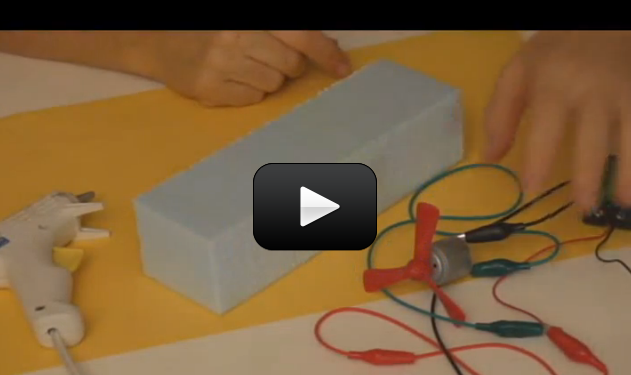 |
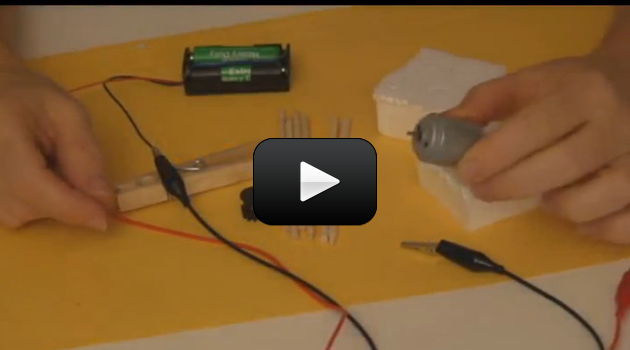 |
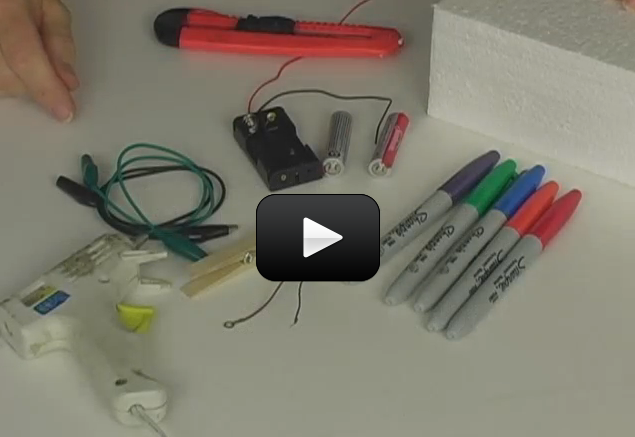 |
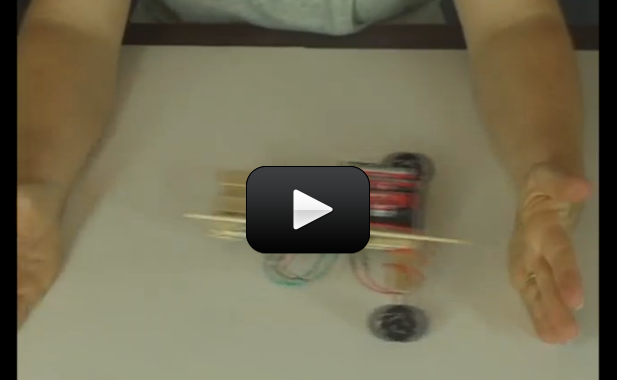 |
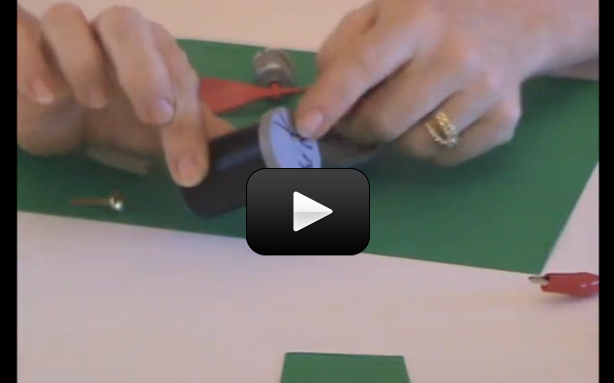 |
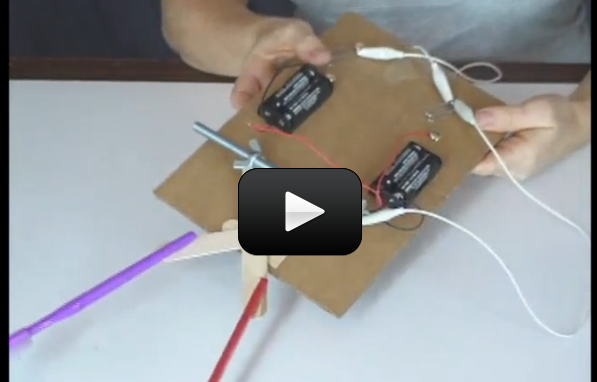 |
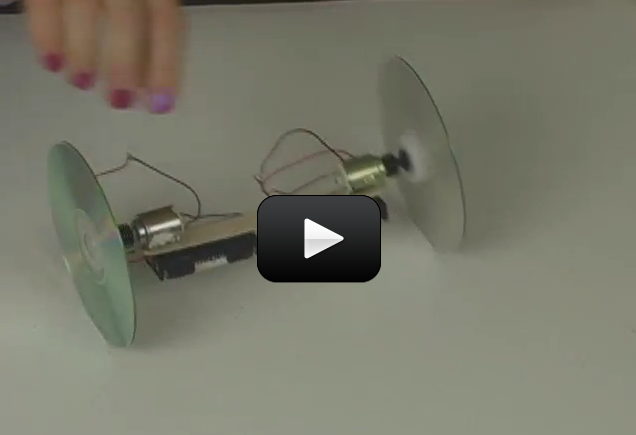 |
 |
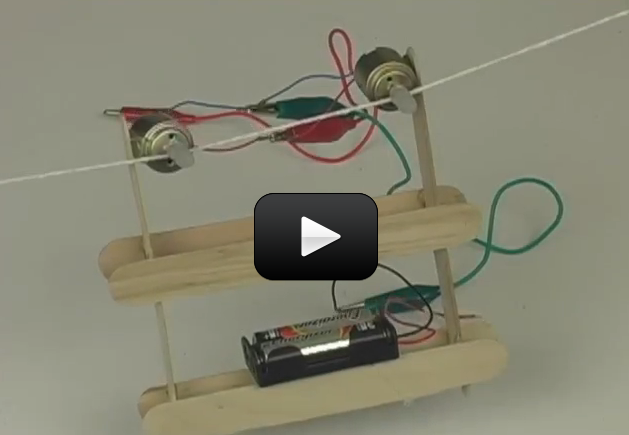 |
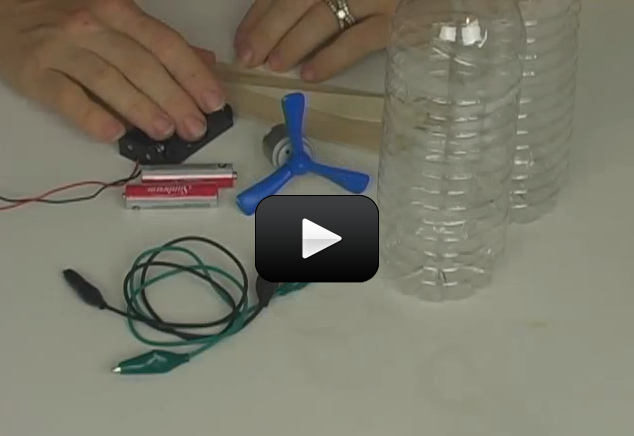 |
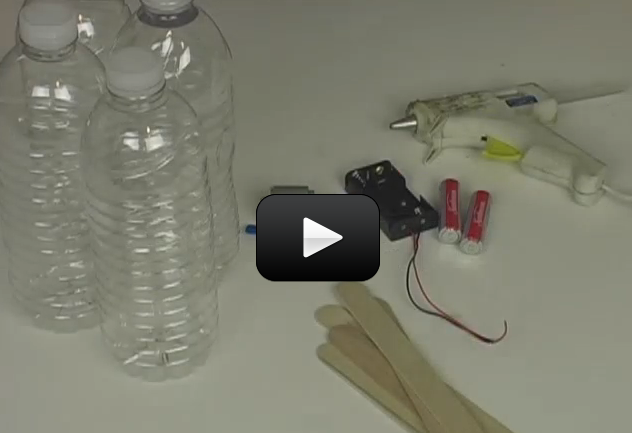 |
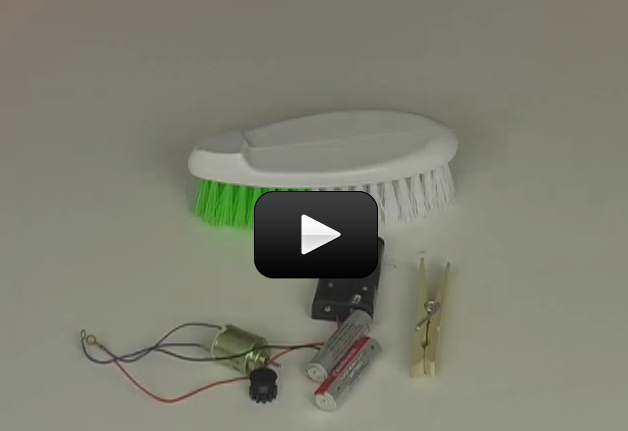 |
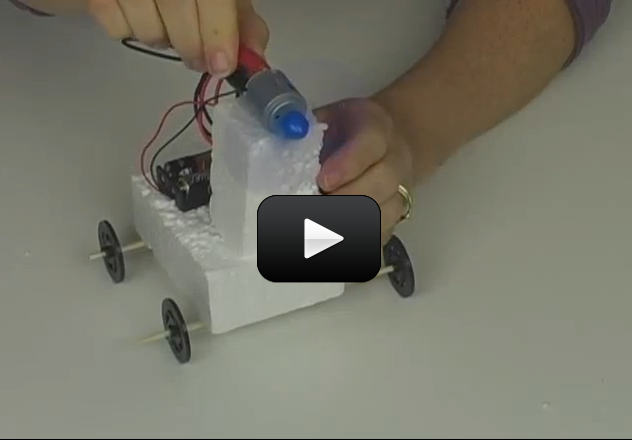 |
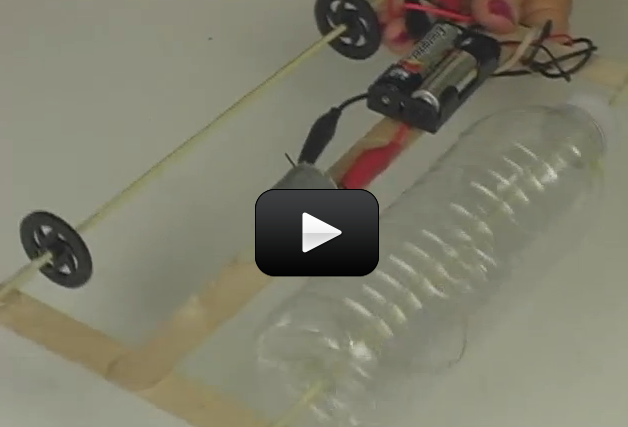 |
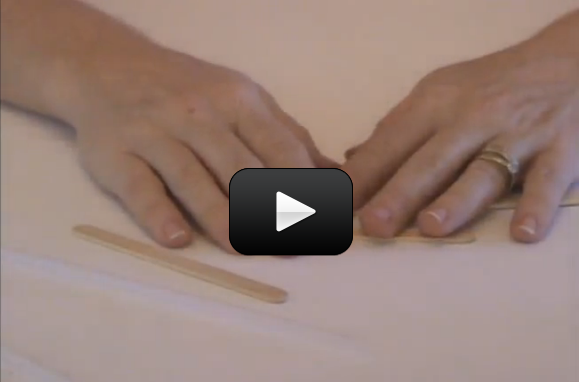 |
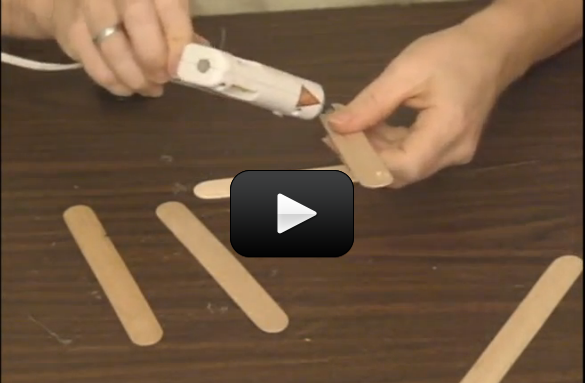 |
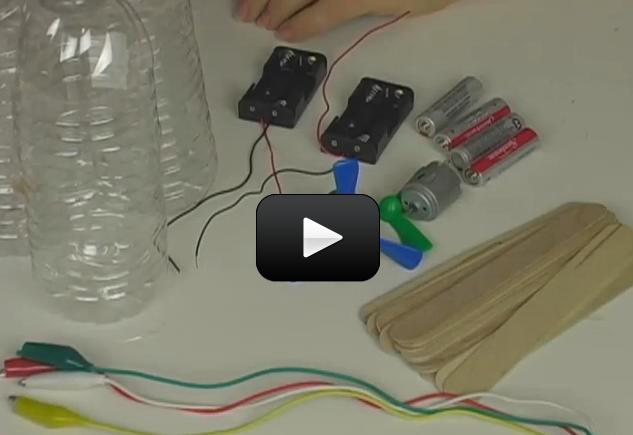 |
Once you’ve build a couple of the robots above, it’s time to start thinking about sensors. Listed below are several different types of homemade sensors and remote control circuits for you to try out with your robot you’ve build above.
Switch Circuits:
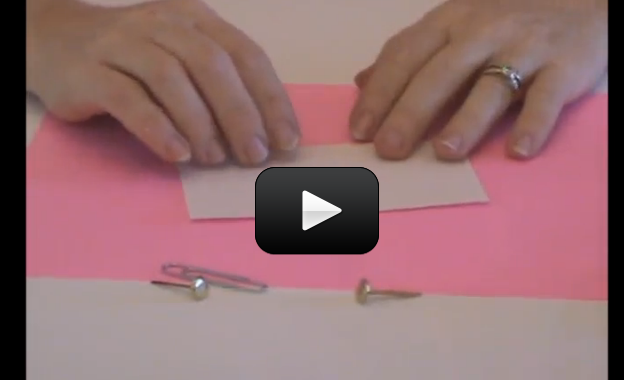 |
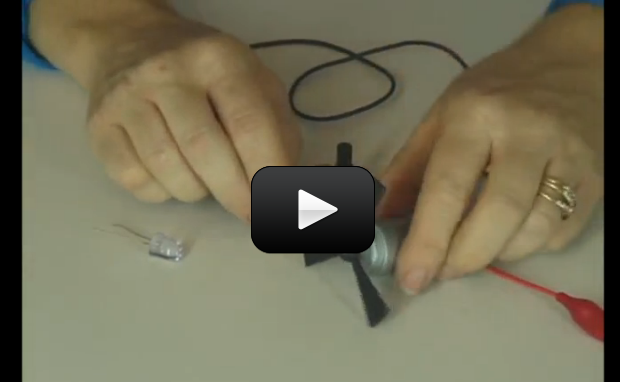 |
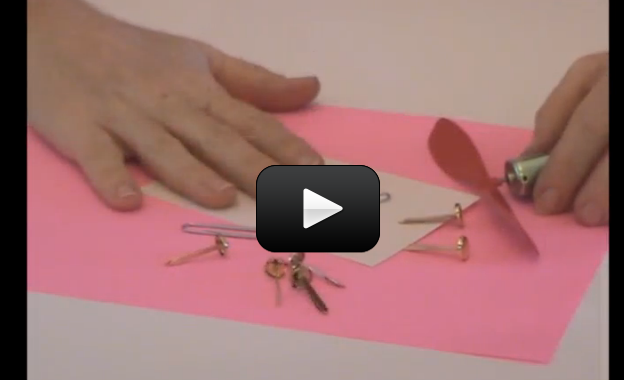 |
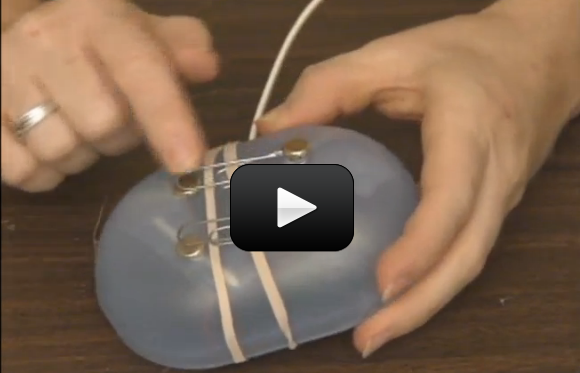 |
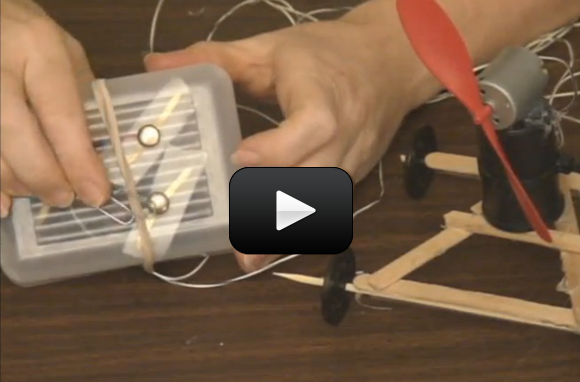 |
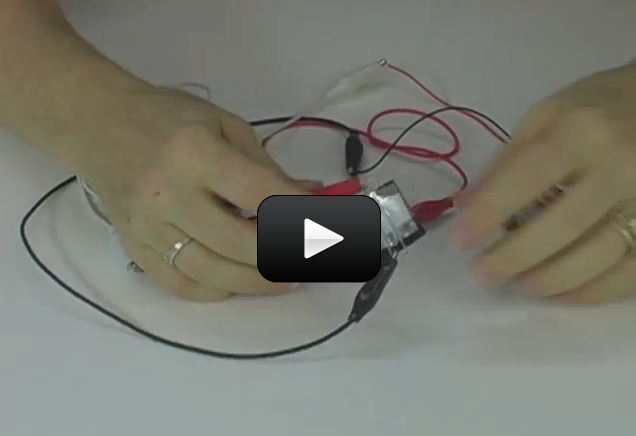 |
||
Homebrew Sensors:
 |
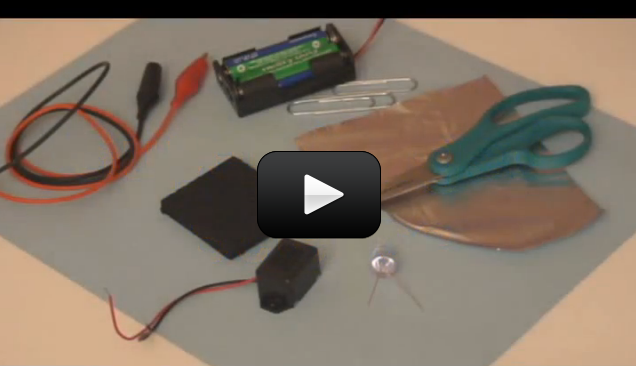 |
 |
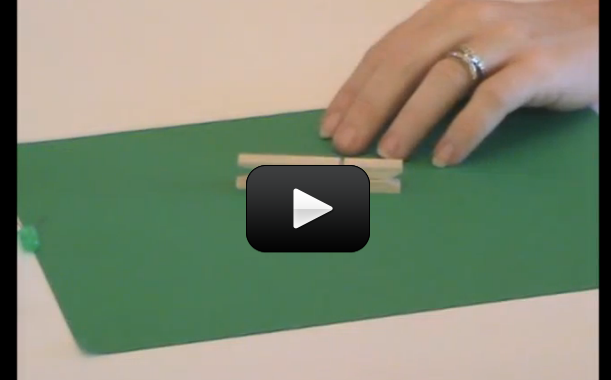 |
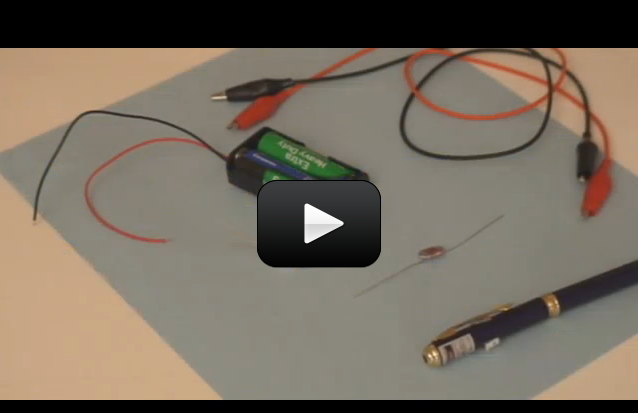 |
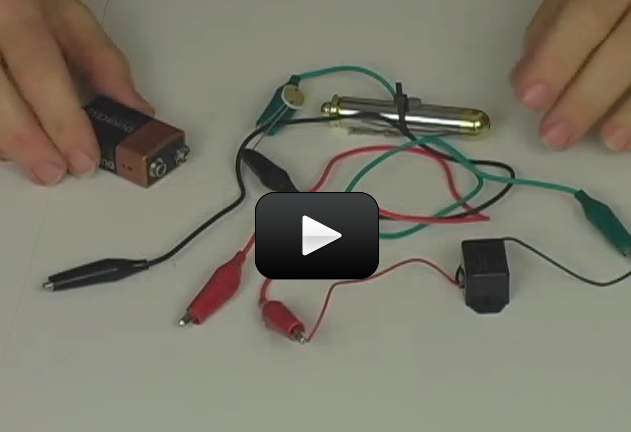 |
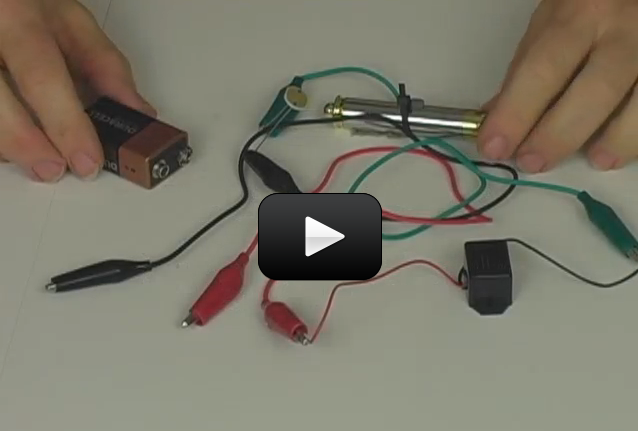 |
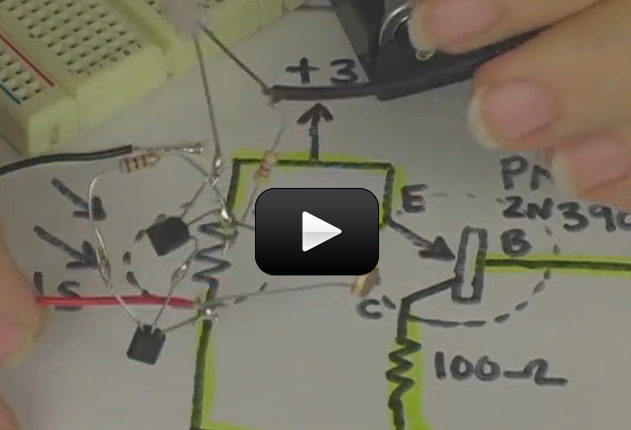 |
Once you’ve got a feel for how different robot frames (called “chassis”) and drive trains work together, it’s time to step it up and start building robots that interact with their environment. These robots interact with their environment, are completely autonomous, and don’t need any programming in order to work. They are like a critter that operates without a brain, but instead has a central nervous system. Although these won’t satisfy your requirement for this merit badge alone, they will teach you how to solder and start you working with electronics. (And are just plain fun!)
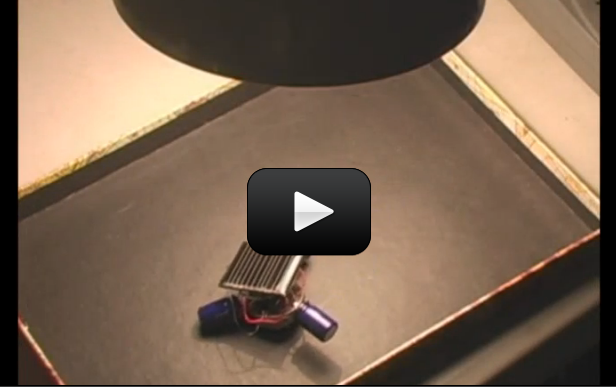 |
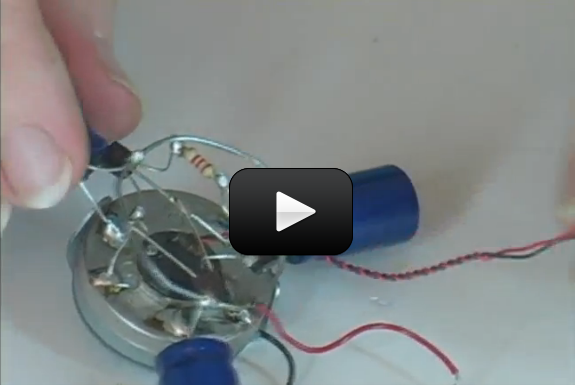 |
 |
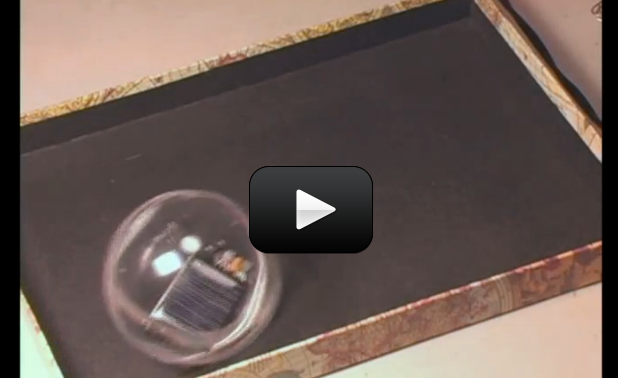 |
Once you’ve made a couple of electronic robots, you might be wondering what all those electronic components are for. Here are two complete sets of experiments (there’s over 80 different experiments in the two links below) that will give you a firm grasp on both analog and digital circuits by using one of my absolute favorite electronic learning labs:
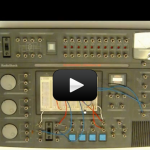 |
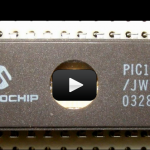 |
Build a robot to accomplish the task you chose. The robot design should use sensors and programming and have at least 2 degrees of freedom. Document the design in your robot engineering notebook using drawings and a written description.
Now you’re ready to really make your own fully autonomous, programmable robot. Ten years ago, I would have shown you how to do point-to-point soldering, wire up micro-controllers and motor drivers, connect IR sensors, burn ICs and debug in C, but these days, everyone’s crazy-wild about Arduino robotics, so that’s what we’re going to do now.
If you’ve gone through and made a couple of the simpler robots that interested you, and you also understand how sensors work with the motors to interact with the environment by making a BEAM robot or incorporating some of the sensor circuits into your simpler robot, the next step is to program the robot to do some decision-making on its own. Here’s a set of videos that will take you from start to finish, and even shows you how to program the robot to do what you want:
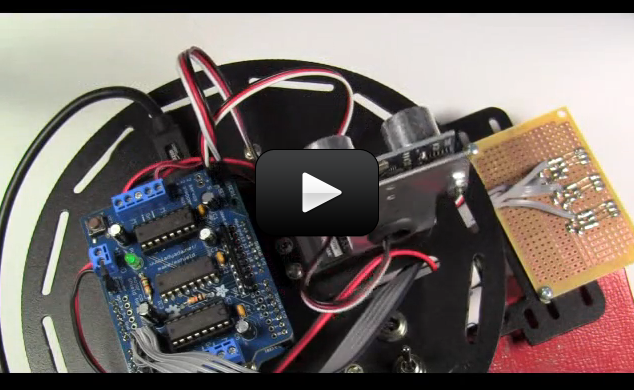 |
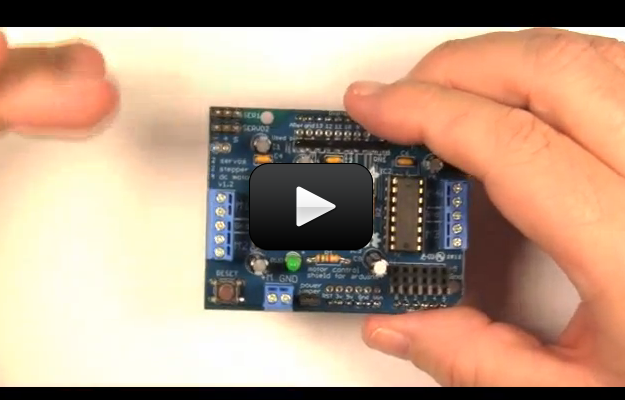 |
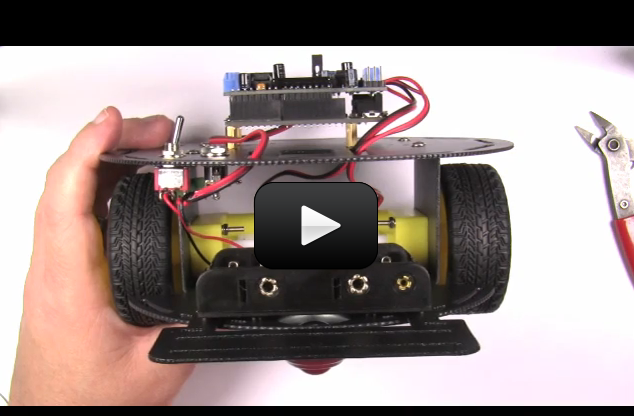 |
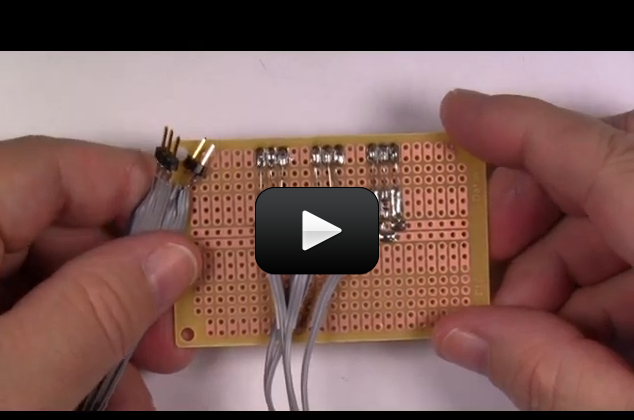 |
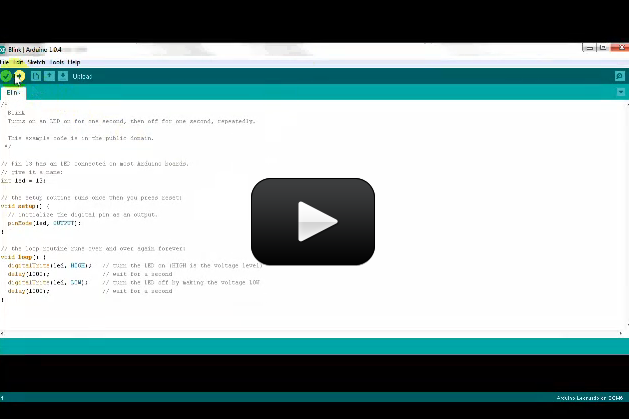 |
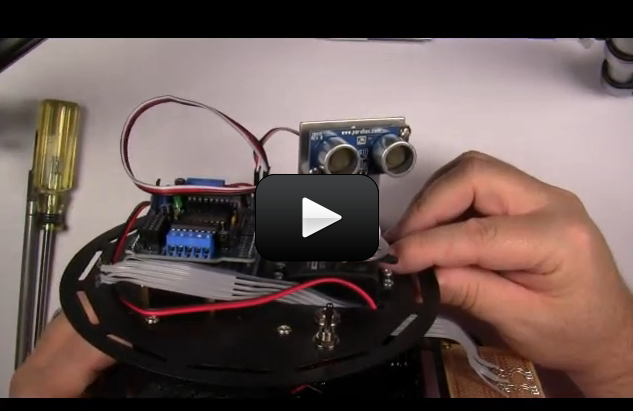 |
||
I personally have an old LEGO Mindstorms set from 1999 that could be used, but I understand that they are really hard to find now, and real robot engineers don’t use LEGOs in their labs (but a surprising number of them do still have a set at home!) If you’re totally into LEGO robotics and already have a Mindstorms set, you might enjoy this page that shows some of the different types of programmable robots I made with the LEGO Mindstorms set. It’s easy to program in, but it’s kind of limited in the number of inputs and output ports you have.
[/am4show]
